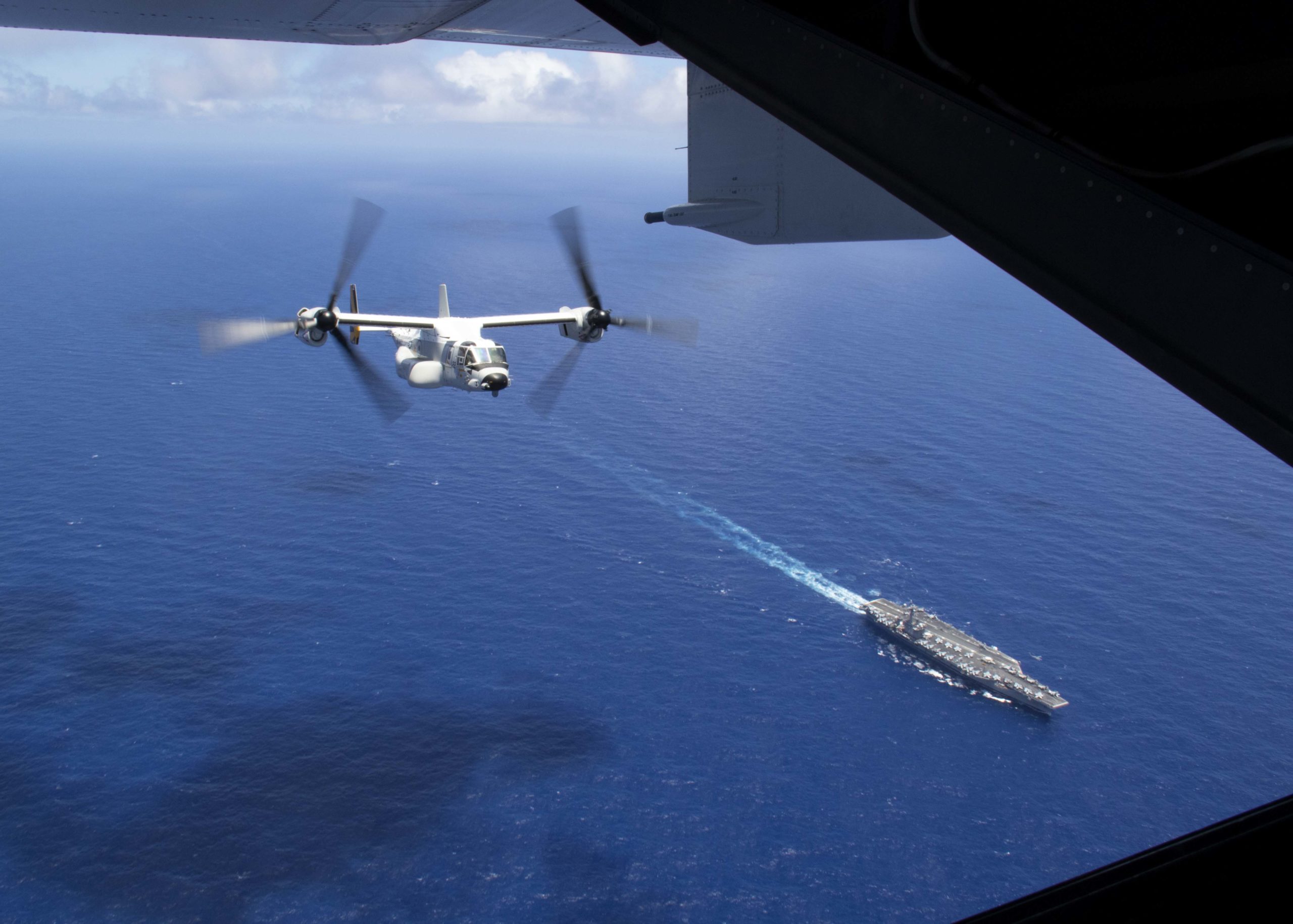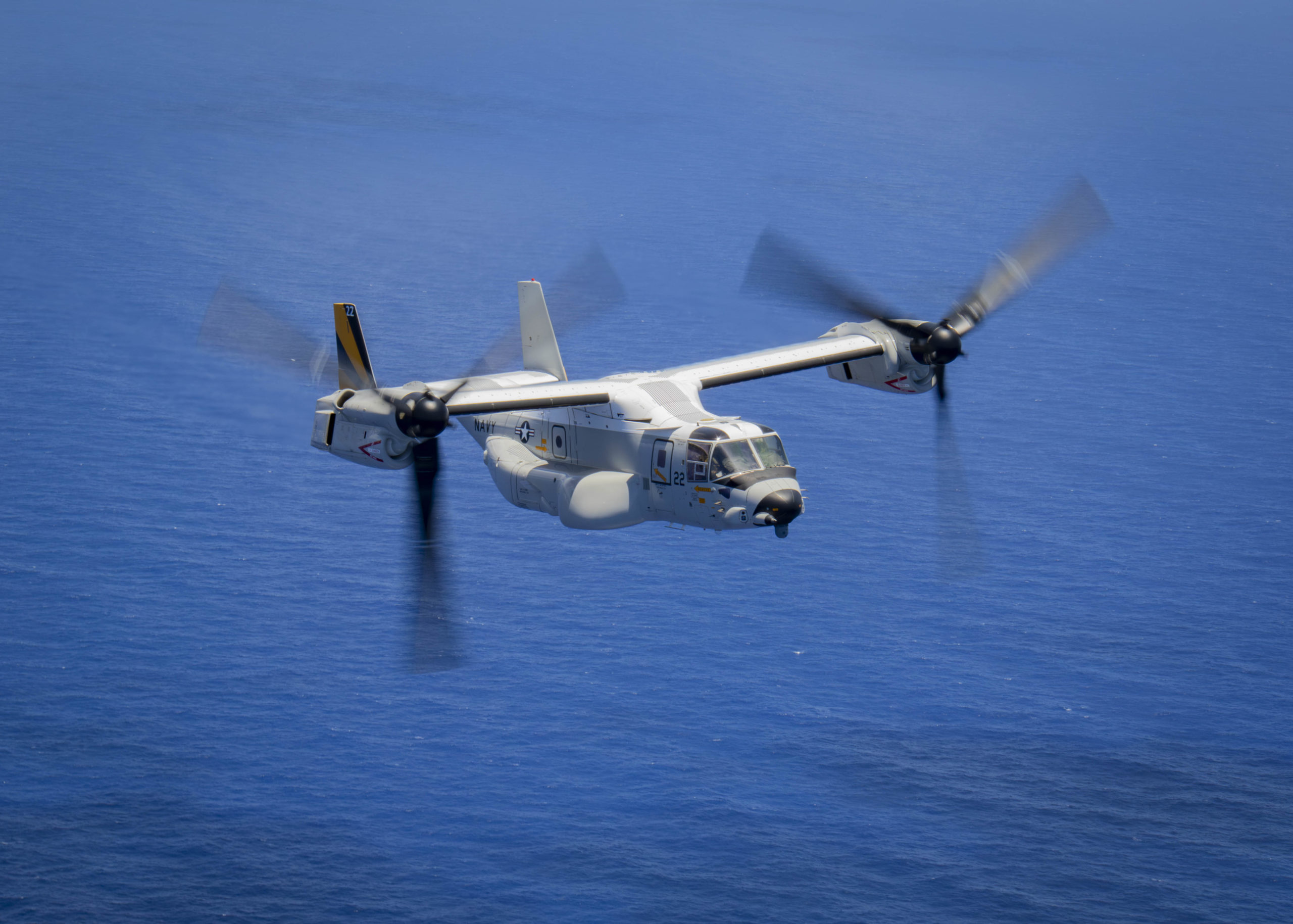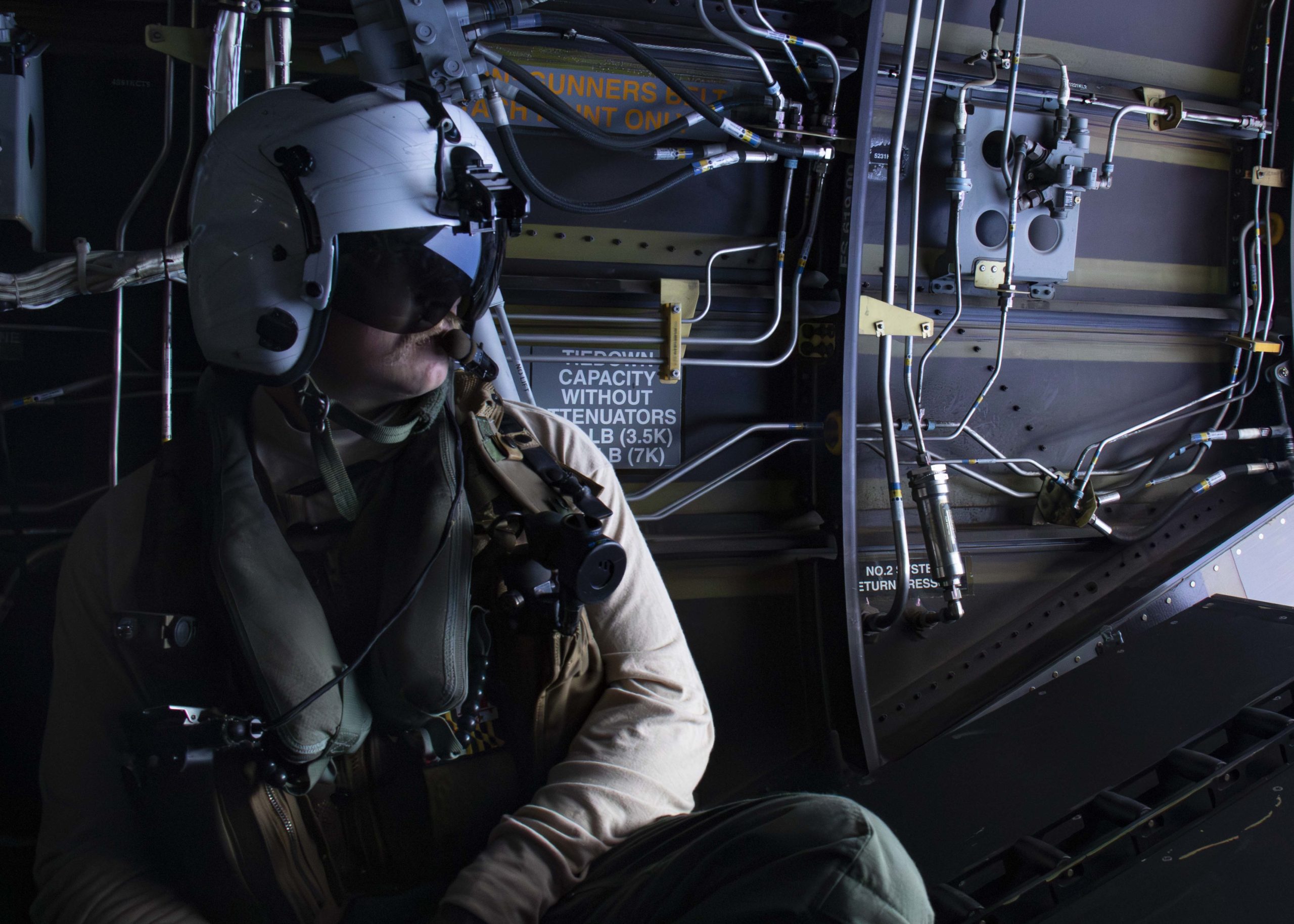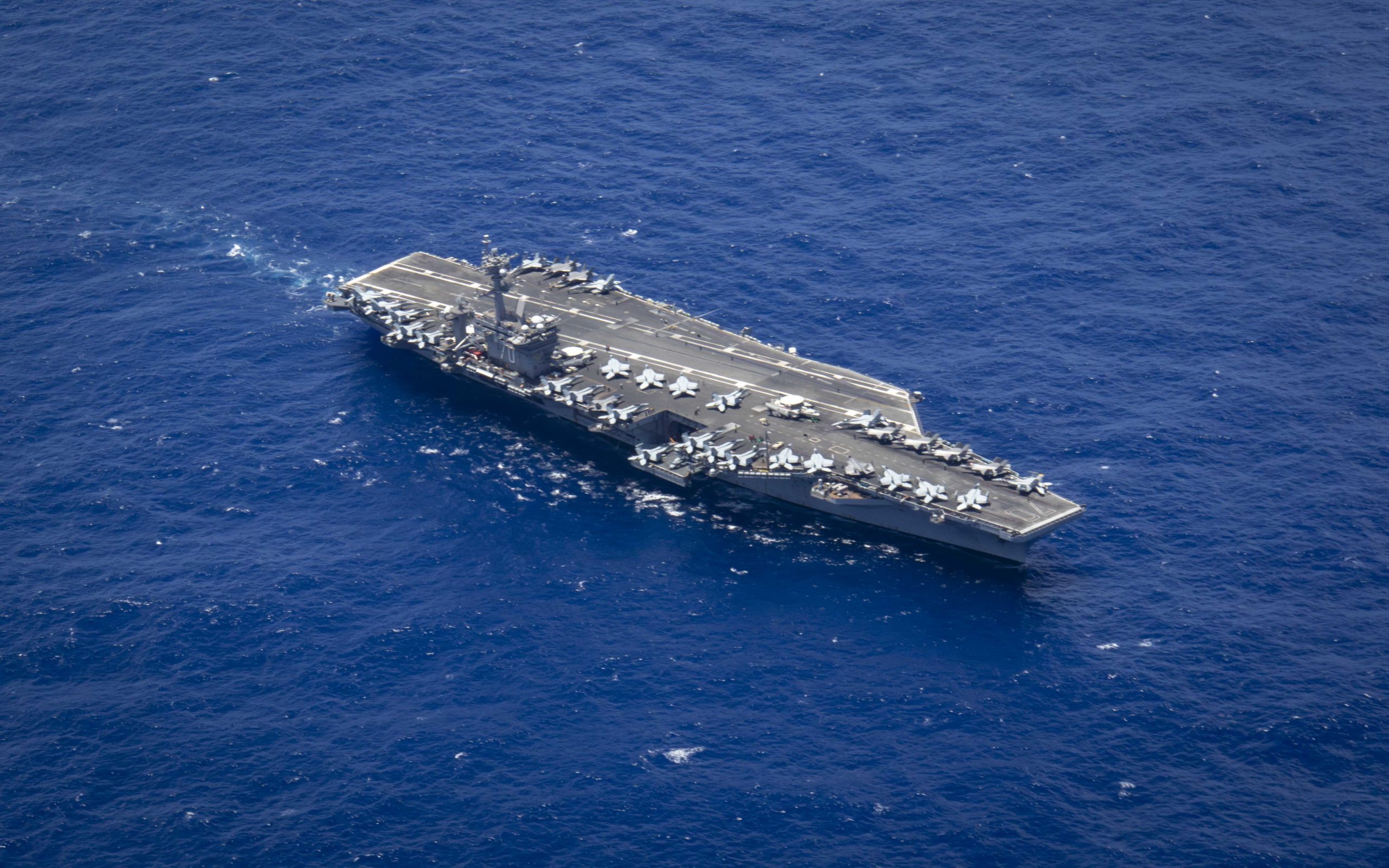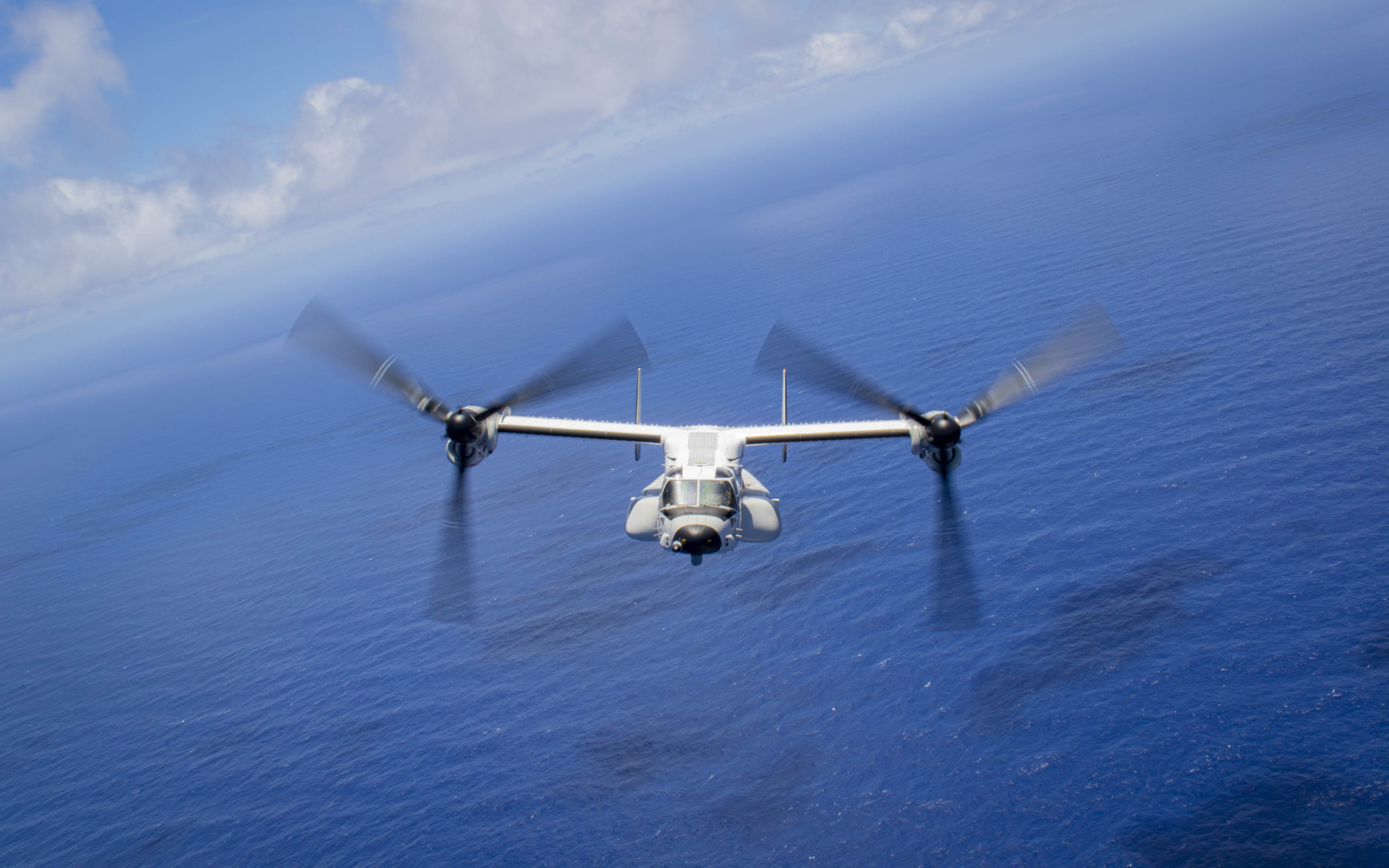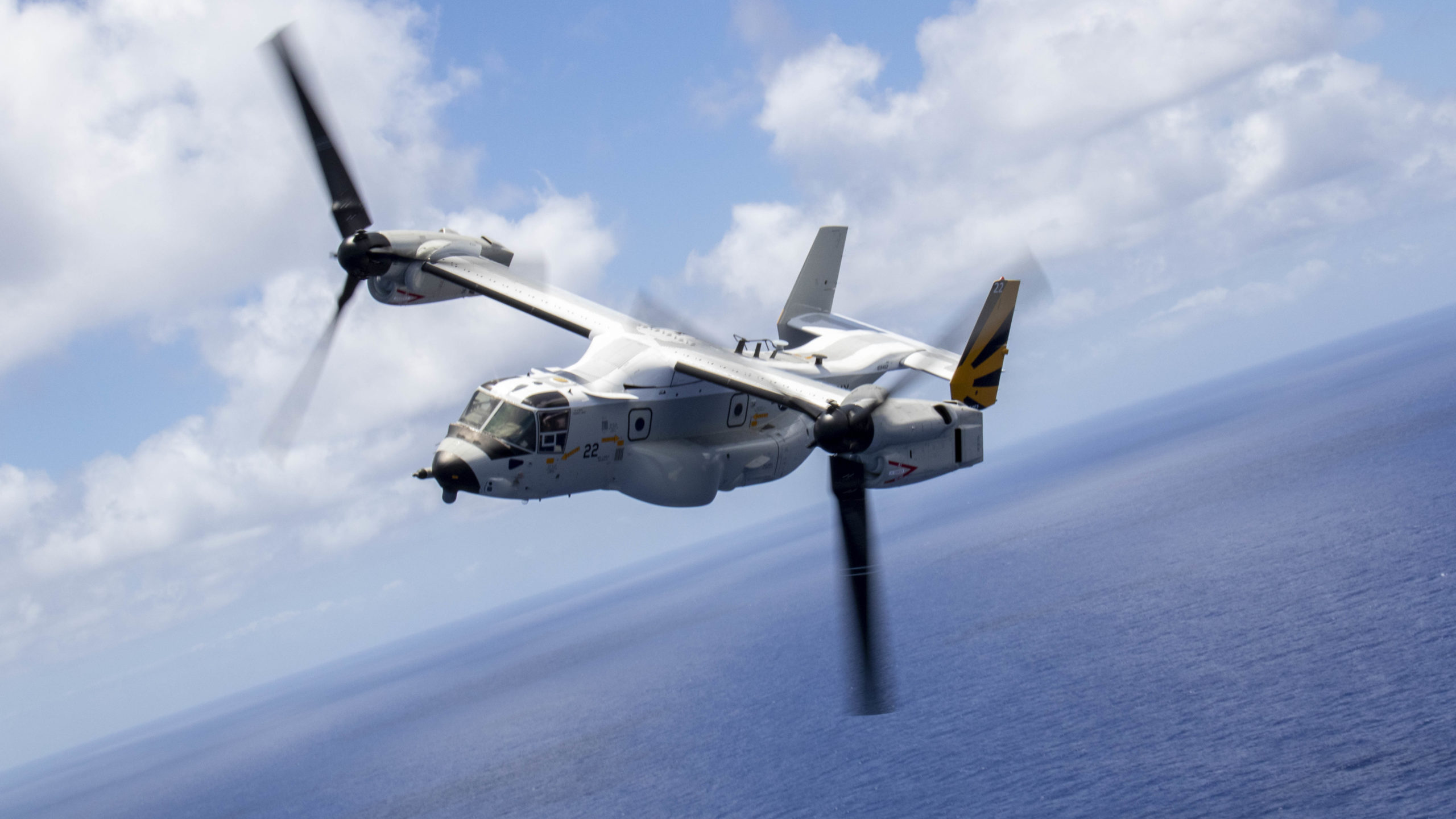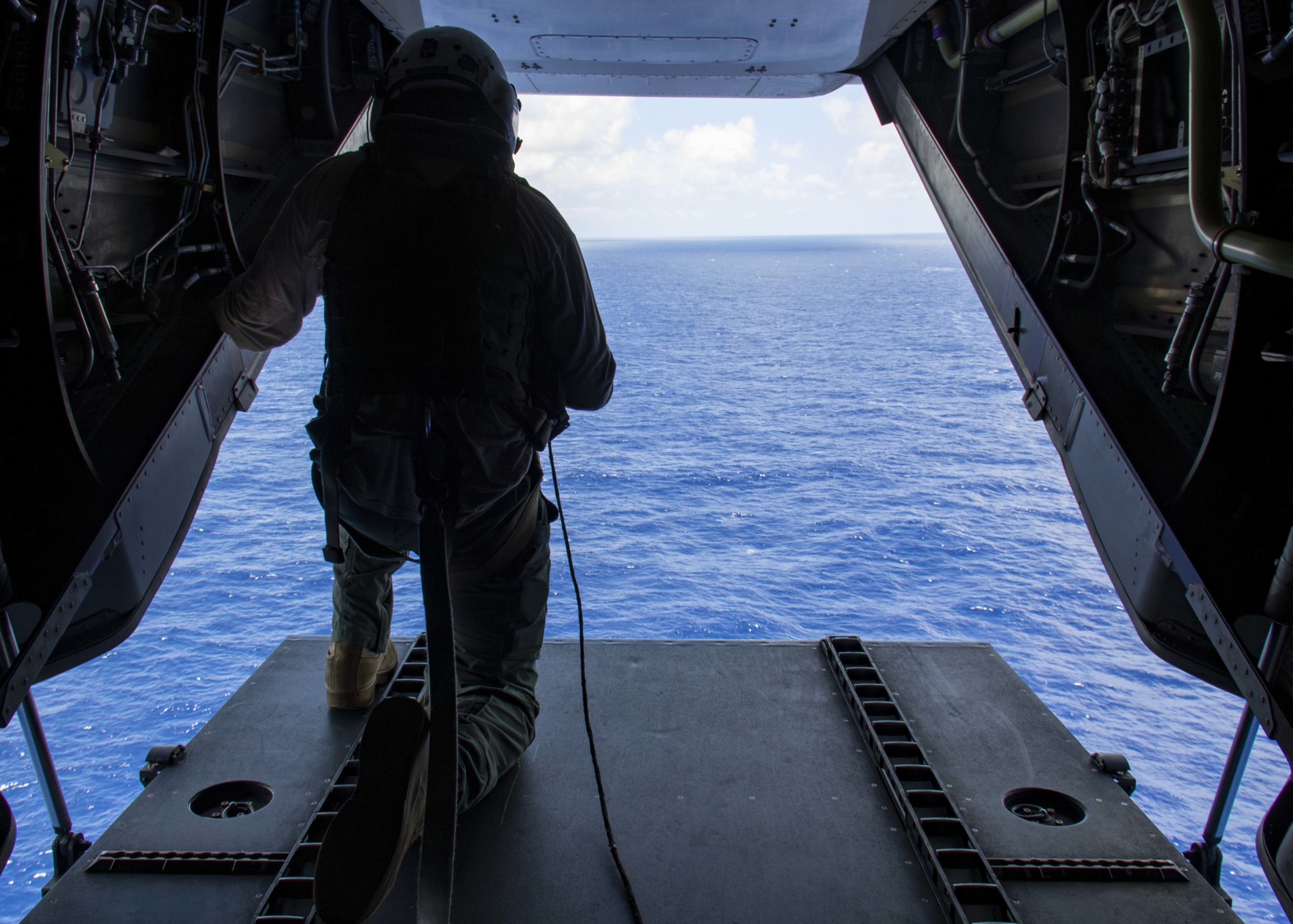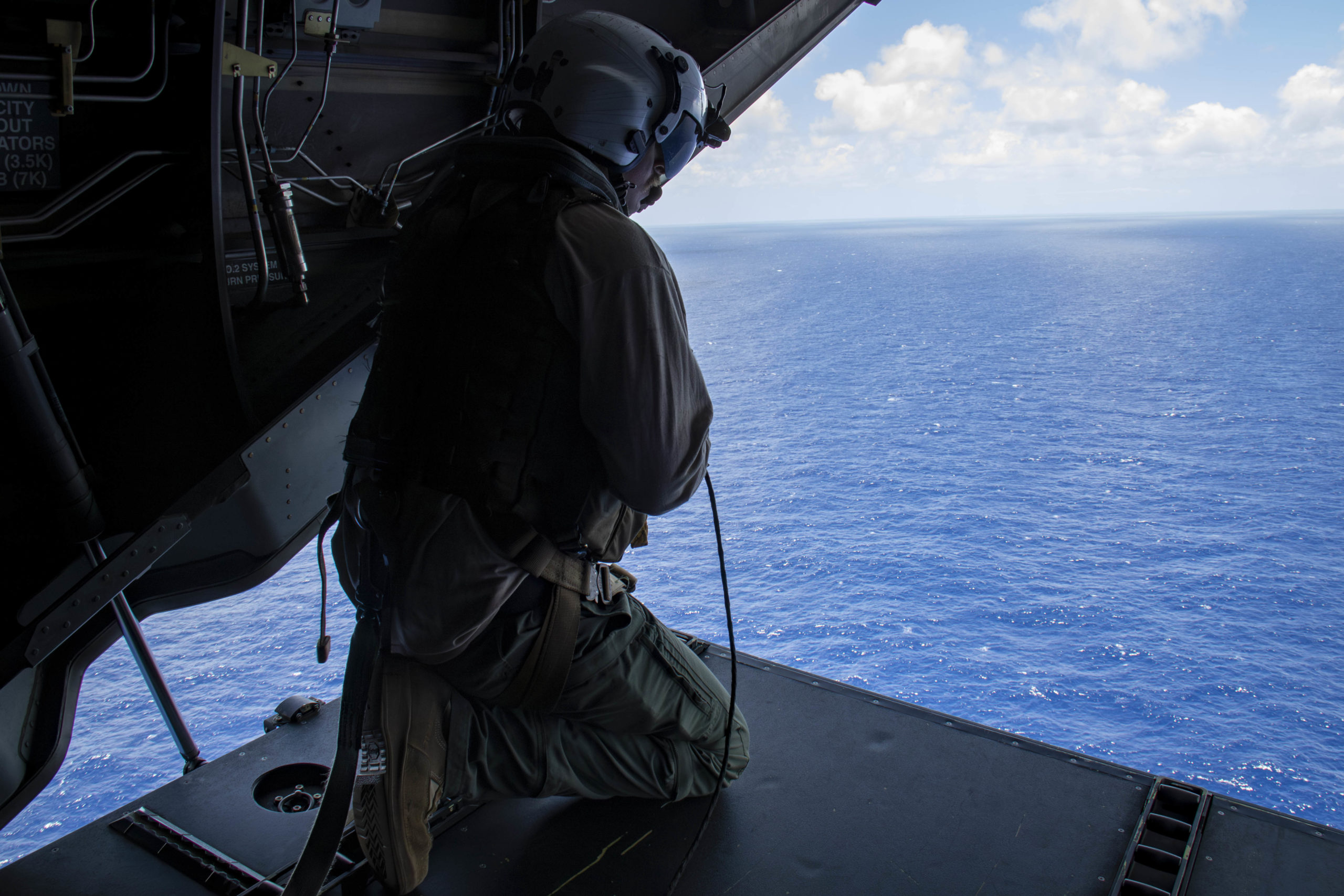By James Durso
Will the Pentagon soon have all the money it desires, but not enough troops to realize its ambitions?
After appropriating about $2.26 trillion for the Afghanistan misadventure that put the Taliban back in charge in Kabul, and another $2.21 trillion to destabilize Iraq and deliver it into the hands of Iran, defense hawks in the U.S. Congress think the administration’s proposed Fiscal Year (FY) 2024 national defense budget of $886 billion is too low
In FY 2022, of the government’s discretionary spending (spending controlled through annual appropriation bills), national defense was $751 billion and “nondefense outlays,” that is, the rest of the government, was $910 billion. Mandatory spending, e.g., Medicare, Medicaid, Social Security, was $4.1 trillion. So, of the spending that legislators can influence, the Pentagon gets 45%.
H.R. McMaster, the former White House national security adviser, and other defense hawks, want the defense budget increased to 4.5% of GDP or $1.2 trillion. McMaster justifies the budget increase because American “restraint” is to blame for aggressive moves by Russia and China, which will be news to people in the Middle East and Afghanistan who were on the sharp end of U.S. restraint.
Sky-high recommendations like these are, unfortunately, not uncommon.
The report of the 2018 National Defense Strategy Commission, “Providing for the Common Defense,” commission claims “America is very near the point of strategic insolvency,” but overlooks the risk to America’s fiscal solvency caused, paradoxically, by the Pentagon. The Commission recommended “Congress increase the base defense budget at an average rate of three to five percent above inflation through the Future Years Defense Program (FYDP) and perhaps beyond.”
The “national defense budget” funds the Department of Defense (DoD), selected activities of the Department of Energy, i.e., nuclear weapons, and activities at other federal agencies. The Chairman of the Joint Chiefs of Staff, General Mark Milley, advocates a 3%-5% real increase to the budget each year for “preparing the military to meet the threats of the future while fighting the battles of today.”
Where does the defense budget come from?
Well, Congress appropriates the money, but where does the money come from? Mostly, the money comes from individuals and businesses, as in payroll taxes and income taxes, or from domestic and overseas lenders via the Treasury securities (government bond) market.
The biggest foreign buyers of Treasuries are Japan and China, which lately have reduced their bond holdings, which will increase borrowing costs because reduced demand will require higher interest rates to attract buyers. And higher rates will crowd out other spending, probably in the private sector. And the introduction of a basket-based reserve currency by the BRICS countries (which includes Iran starting in January 2024) may weaken the dollar, potentially pushing up borrowing costs across the economy.
Overseas lenders have financed much of America’s national debt of almost $33 trillion and now hold about $7.5 trillion in Treasury securities; American citizens and the American government hold the rest. (The U.S. GDP is almost $27 trillion dollars.) If foreign demand for Treasuries is weak, and income tax rates aren’t rising, the government must offer a higher interest rate to attract buyers, further contributing to the budget deficit and pressure on government spending.
The Kobeissi Letter reports: “Interest expense on U.S. Federal debt is now at a record 19.5% of US government revenue…At current rates, within 10 years interest expense will account for 25% of US revenue. If borrowing continued at its current pace, US debt would climb from $32 trillion to $140 trillion by 2050.” According to the Peter G. Peterson Foundation, interest on the debt is “on track to become the largest federal budget item, surpassing Social Security and Medicare by the middle of the century.”
Increased spending to support Ukraine in the war with Russia, on top of the post-9/11 increase in government spending on the post-9/11 wars in Afghanistan, Pakistan, Iraq and elsewhere (estimated at $8 trillion), may signal the U.S. will borrow even-greater sums of money when the usual buyers with loanable funds are busy with domestic concerns. So, interest rates will rise because the bond market always says “yes” to the U.S. Treasury Department.
There is little public support for higher defense spending and support for the NATO proxy war with Russia in Ukraine is slipping. An August 2023 CNN poll found a majority of Americans – 55% – oppose additional aid for Ukraine, with Republicans and Independents against, and Democrats for, additional aid to Kiev. GOP 2024 candidates have taken the hint and several are opposed to more aid to Ukraine, though some GOP activists are funding “Republicans for Ukraine” to pressure lawmakers and the administration to continue support for Kiev.
High inflation will make the prospect of more money for the Pentagon, which just lost two wars, a non-starter as many taxpayers coping with unprecedented energy and food prices. And the Pentagon’s inability to pass a recent financial audit – that was first suggested in 1990 – further weakens its case for more money. And the recent addition of Sweden and Finland to the North Atlantic Treaty Organization (NATO) will double NATO’s border with Russia, and add $8 billion in upfront costs and another $1.5 billion annually, all for the privilege of defending two wealthy countries whose neutrality has served them well.
The Ronald Reagan Institute’s Summer 2023 survey found: ” As per usual, support for increased military and foreign policy spending is substantial but lags domestic issues… Support for spending to promote freedom abroad [intervening in Ukraine and Syria, for example] and to provide foreign aid has dropped sharply in the past year.” Despite an aversion to foreign intervention, the Institute found the American people still want America to engage with the world, creating an opening for more trade and diplomacy and less reliance on the military to solve all problems.
But just when the military wants an unprecedented haul of cash, its reputation is sliding.
The Ronald Reagan Institute’s November 2022 survey found that only 48 percent of those polled report “a great deal of trust and confidence in the military” – down 22 points in three years. Comments the Institute: “No other public institution asked about—including the Supreme Court, Congress, the Presidency, the news media, or law enforcement—has seen as sharp a decline in public trust over this time.” and “Those reporting great confidence in the military’s ability to keep the country safe decreased from 57% in 2021 to 50%.”
The military isn’t the only public institution suffering a bad reputation, but it is used to basking in public esteem so it may not know how to recover.
A public defeat in Afghanistan, commanders prioritizing woke social programs over battle skills, epidemics of sexual assault and suicide, substandard housing, exposure to dangerous chemicals and hazardous materials…no wonder the services are in danger of missing their recruiting targets, which will further weaken support for big defense budgets as a family with someone in uniform is more likely to both support a big defense budget and encourage their children to join the military.
Calls for a “limited military draft” when Congress has not declared war will be rejected by the public, and a proposed “national security strategy for military recruiting” will occupy a panel of worthies for several months but will it come up ideas that escaped the military recruiters? Probably not.
There are fewer young Americans eligible to serve, due to physical fitness standards and prohibitions on drug use, and only 9% of 16-21 year old Americans have an interest in putting on the uniform.
And when the Pentagon asked young Americans, “What would be the main reason(s) why you would NOT consider joining the U.S. Military?” 70% replied “Possibility of physical injury/death” and 65% replied “Possibility of PTSD or other emotional/psychological issues.” Those distressing numbers are likely due to the well-known epidemics of suicide and sexual assault in the military, and the promotion of “wounded warrior” charities has probably made more prospective recruits aware of the severe injuries they may suffer. In short, is the GI Bill worth losing your legs?
And “the kids” may be on to something: a recent report published by the Journal of the American College of Surgeons says that in a war against a near peer adversary, i.e., Russia or China, U.S. troops will suffer injuries more severe than those in Iraq or Afghanistan, that is “multiple high-velocity penetrating injuries, barotrauma, and blunt injuries from being thrown during the explosion, and traumatic brain injuries.” In addition, U.S. forces won’t command air superiority so evacuation from the battlefield will be difficult if it is even possible.
The military has traditionally relied on military families to provide recruits for the services, but the Secretary of the Army isn’t helping matters by declaring she wants to avoid relying on a “warrior caste” of families with a military tradition. It is commendable that she wants to broaden interest in military service but not clever if it will discourage the ready pool of volunteers before she has alternates signed up.
The Army Secretary has her work cut out for her as even military veterans are less and less likely to recommend military service to their kids.
Then-Vietnam war protester John Kerry said, “How do you ask a man to be the last man to die for a mistake?” Well, we know the names of the last thirteen men and women who died for America’s mistakes in Afghanistan, and so do many young Americans who may look at their sacrifice as a foolish mistake, not an example of selfless service, especially as no one named Bush or Obama carried a rifle in Iraq or Afghanistan.
America’s national security leaders may be unreconciled by the ending of the Cold War with the Soviet Union, which wasn’t marked by an epic armored battle à la Kursk, but by Soviet citizens deciding it was over because the planned economy couldn’t deliver decent household appliances. The brass missed the Big Game and they and their confederates in the policy community and media may think that a splendid little proxy war with Russia in Ukraine will make the taxpayers forget about the defeat in Afghanistan and all those wasted lives and dollars.
Unique in the world’s militaries, the Pentagon doesn’t think it is responsible for defending its country’s borders. Instead of defending America, it defends American interests, which are mutable and can change with a new administration and are not viewed overseas as positively as they are in Washington, D.C. green rooms.
The military is an economic enterprise. It relies on a generous budget to not just pay itself, but also the defense contractors that build weapons and provide services – and hire former servicemembers. Besides the national defense budget ($886.3 billion) there is the Intelligence Community ($101.7 billion, of which $29.2 billion is for the Military Intelligence Program) (billion), and the Veterans Administration, which is just deferred defense spending ($325.1 billion). It’s not “Military, Inc.” like in Pakistan or Egypt but the military’s economic interests may not always align with those of the American people, calling to mind Eric Hoffer: “What starts out here [the U.S.] as a mass movement ends up as a racket, a cult, or a corporation.”
U.S. President Joe Biden and NATO Secretary General have been calling for sacrifice in order to defeat Russia and usher Ukraine into NATO and the European Union (EU). Stoltenberg admits “it could take years…even if the costs are high, not only for military support, also because of rising energy and food prices.” However, a recent Rasmussen survey found that 60% of likely voters, mostly Republicans and Independents, “said getting control of the border crisis is more important than aiding Kiev.”
The U.S. Congress unquestioningly appropriated over $70 billion in war aid and economic support to Kyiv, but much of the military equipment shipped to Ukraine is at risk of diversion, according to the Organized Crime Index which reports “Ukraine is believed to have one of the largest arms trafficking markets in Europe. While it has long been a key link in the global arms trade, its role has only intensified since the beginning of the conflict in eastern Ukraine.” In other words, those weapons may soon wind up in Libya, Syria, and other conflict zones, where they probably won’t be promoting American interests.
A rapid conclusion of the NATO-Russia war in Ukraine war will do the American taxpayers a favor, so the U.S. can hand NATO and Ukraine’s reconstruction to the Europeans and focus on Asia. The Russian army has proved less fearsome that NATO imagined (an analytic shortfall that should publicly be addressed by Congress), so Europe should be able to finally defend itself. NATO was never a real coalition, anyway; it was just about the U.S. defending Europe, while the generous Pentagon budget allowed Europe to spend its money on social welfare schemes and industrial protection.
The 2022 Reagan Institute survey reported Americans still want to engage with the world which may offer less leeway for military adventures, and a larger role for diplomacy. Worrying for military bosses, only 33% of those polled regard “Military leadership, such as officers and generals” as the best, likely due to the disorganized retreat from Kabul, and the abandonment of billions of dollars of military equipment to the Taliban.
Engagement with the world can be improved if the Congress rebalances funding for diplomacy and the military and security services that was shaped by the wars in Iraq and Afghanistan, and the response to the 9-11 attacks. Monica Duffy Toft argues, “since 9-11, U.S. military intervention abroad has come at an escalating cost to U.S. national, and national security interests.” More money, for the State Department, Commerce Department, and U.S. Trade Representative will help to de-securitize relations with the rest of the world by emphasizing free and fair trade, with explicit direction from the White House that they are the sales team, and that politics without economic considerations is a waste of time.
Another to-do item is to examine the effects America’s willy-nilly sanctions policy has on trade and finance, as seen in the distortion of world supply chains – and the attendant shortages and price jumps – caused by U.S. sanctions on Russia, China, and whoever else is the villain du jour. Washington’s eagerness to sanctions anyone and everyone is partly responsible for the BRICS effort to encourage trade settlement in local currencies instead of the U.S. Dollar, and create a new reserve currency which, if successful, will permanently weaken the Dollar and the United States.
Instead of parroting the Pentagon’s wish for budget increase of 3%-5% above inflation to fund another round of “great power competition,” the Congress should hold hearings on how the nation’s financial challenges will affect its strategic choices, and discuss the opportunity costs of the proposed unprecedented defense spending levels, taking the opportunity to remind the Pentagon (and themselves) of Bernard Brodie’s maxim, “Strategy wears a dollar sign.”
In future wars, the Pentagon will have to understand the potential impact on the global supply chain (and its own suppliers) before the commanders make their recommendations to the President, who will have to consider the supply chain effects on the U.S. and world economy. The need to minimize shocks to the global economy may require the military to take more battlefield risk, a consideration that will cause discomfort for the military establishment and its supporters.
And fewer enlistees may also shape Defense Department choices and recommendations to the President. An undermanned Pentagon may feel it must take more risk in the early stage of a conflict to make gains before casualties pile up, but a riskier strategy may cause the other side to escalate, making a negotiated resolution harder to achieve.
Congress might also consider multi-year defense budgets to would relieve contractors’ planning uncertainty and reduce the cost of weapons systems; giving DoD authority to spend Operations and Maintenance funds across several fiscal years to reduce budget turbulence and the “use it or lose it” mentality; another round of military base closings to drive infrastructure savings; and reviewing domestic content legislation (the “Buy America Act”).
Pentagon leaders should focus on rebuilding the military’s reputation with the taxpayers (and parents of future enlistees) by starting a conversation about how the military can help defend the country’s borders. In the U.S., this is regarded as a civilian, law enforcement function, but it’s time the taxpayers get something back for the money they grant the Pentagon every year, despite the aversion of the brass to this mission.
The military is quick to pin its minor contribution to the Southern border crisis on the Posse Comitatus Act and claim it is only following the law, but the reasons are more likely:
– It doesn’t want to take any actions that may hurt its reputation with the American public, over 60 million of whom have used illicit drugs, many from the other side of the Southern border, in the past year;
– The cartels have a lot of money to fund public corruption and some of that cash will wind up in military pockets. And if there are no talkers, the cartels can always rely on their old standby: Plata o plomo (Silver or lead.);
– The Taliban and the Islamic State couldn’t realistically retaliate for U.S. strikes, but the cartels have networks in Fayetteville and Oceanside, and may hit back in military towns if the military seriously disrupts business or foolishly carries operations over the border to Mexico.
Next, the military needs to end the military’s epidemics of suicide and sexual assault, instead of hyping the nuisance of those right-wing extremists in the ranks who never showed up despite Secretary of Defense Austin’s extremism “stand down” and General Milley’s fascination with “white rage.”
The military is the only employer that requires a Cabinet-level agency – the Veterans Administration – to repair and rehabilitate its former employees, a distinction, all right, and not always a good one.
There is a clear need to address this key question: How will America pay for its national security establishment?
America’s national debt is almost $33 trillion dollars, 125% of the GDP of $26.2 trillion, more money as the next four countries with the highest debt including China, Japan, France, and Italy. But no one in the nation’s leadership has any idea of how it will be paid down. Growing our way out of it would be nice, but that will be difficult given the nation’s weary infrastructure and public education system that is failing its students. On the other hand, a hard default would surely end U.S, influence, so we may have to conder “the revenue side.”
Some ways to raise revenue are increasing taxes, closing tax loopholes, raising the retirement age, and cutting spending. Lawmakers may be reluctant to end loopholes that favor their constituents or financial supporters, and citizens have been dealing with a low minimum wage, stagnant real wage growth since the 1970s, and increasing disparities in wealth, so may favor spending less or taxing the wealthy.
The Pentagon budget may need to take a haircut followed by a freeze, or the nation’s leaders should do a “clean sheet” budget, which will require a sober reassessment of most likely threats, rejecting the comfortable reliance on “threat inflation” spurred by the unexpected 9-11 attacks on New York City and the Pentagon. And Congress will also have to ease its mandates, i.e., Buy America legislation, and forcing the Pentagon to buy weapons it does not want.
America is a pretty safe place, resting behind the Atlantic and Pacific moats, and bordered by weak neighbors. The is shifting to a multi-polar system and the U.S. will have to adapt to a changing economic and political environment; hopefully America’s institutions are up to the task. This change is worrying to the national security establishment that will be frustrated as it learns deterrence works both ways. The Pentagon, the defense contractors, some members in the political class, and their pilot fish in the media and think tanks will fret, but guardrails on America’s expeditionary impulses may benefit American workers and taxpayers.
James Durso (@james_durso) is a regular commentator on foreign policy and national security matters. Mr. Durso served in the U.S. Navy for 20 years and has worked in Kuwait, Saudi Arabia, and Iraq.
Featured Graphic: Photo 252146470 | Defense Spending © Kontakt5956 | Dreamstime.com



